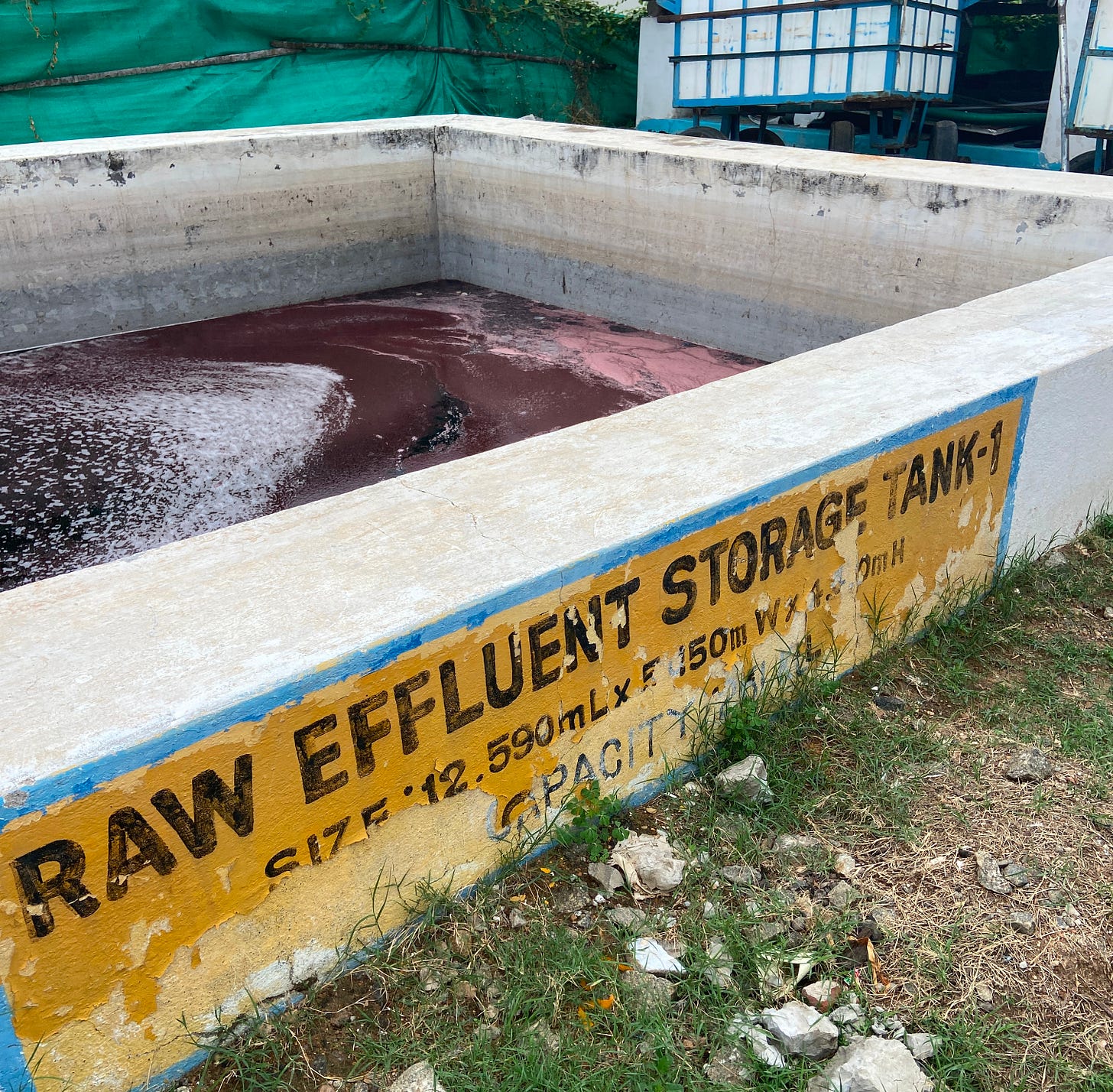
Hey lovelies, before our regular programming, a very quick little story:
Eight years ago, I was invited to a cocktail party at the Brooklyn home of two journalists. It was there at that gathering of creative people that I met the woman who would become my favorite editor, Georgia. She then became a book agent, and pulled my book To Dye For out of me and into the world. One of the journalists who hosted the party, Carolyn Gregoire, became a dear friend, published a beautiful book on creativity, and is now a book doula, helping people pitch, write, and publish their non-fiction books.
So it feels like kismet to announce that Carolyn has invited me to co-host a women's writing retreat in August at her beautiful home in Maine. This is for women who have a seed or seedling of a book idea, and need guidance in nurturing it to full bloom. I hope to share some of this organic flow that I’ve experienced with Carolyn, with you. If you're ready to write your own non-fiction book, I hope you can attend.
Myths About Toxic Fashion
This week, someone said to me: “You know, there are all these experts and influencers out there who you listen to and you nod along, like, oh yeah, they really know their stuff. Until they start talking about something you’re an expert on. And then you realize how much they are making up as they go along.”
At the time, I was talking to two biologists about a popular radio gardening show. (The host doesn’t know as much as he could about pollinator-friendly gardens.) But this truism absolutely applies when it comes to me and all the burgeoning content out there about toxic fashion.
Some of what I see is well-meaning experts in a broad topic who heard or read a myth and just keep passing it on as fact. Others are justifying: justifying their shopping habits, justifying their career, justifying business as usual.
I spend so little time on social media these days. But friends have forwarded influencer videos about toxic fashion. Shein would be in the news again for testing positive for lead or phthalates. And many commenters would be in there trying to excuse Shein. (Probably so they could keep shopping there guilt-free!)
Or, I would be interviewed on a podcast, and for the host would knowingly assert something that I know to be untrue, and I would have to gently intercede.
Or, I come across “informative” Instagram slideshows with inaccurate slides.
So I would like to correct the record on a few of these. And if there are more I’ve missed or that you want me to fact check, let me know in the comments!
“All those brands make their stuff in the same factories.”
I see this a lot when there’s news about ultra-fast fashion brands testing positive for hazardous chemicals. The commenters say things like, “Well H&M and Nike all manufacture in those same factories. They’re all bad, so why does it matter?”
Honey, they do not. Yes, they all manufacture in the same countries. But you can’t judge a garment by it’s nationality. There is a wide range of quality in factories within India, China, and Bangladesh, That’s like judging American food as all the same. There’s McDonald’s, and there is French Laundry, and a whole universe of restaurants in between. Heck, there’s a whole range of Chinese restaurants in New York City in terms of price, quality, and their latest health inspection. (Okay, now I’m hungry.)
I’ve been to two very different dye houses in the same city in India, Tirupur, and they had different clients, different technology, and way different standards for safety and cleanliness. One was certified by three different organizations focused on safe chemistry: ZDHC, Oeko-Tex, and GOTS organic. It was clean, with a state-of-the-art wastewater treatment plant, and an automatic dispensing system for the certified safe chemicals produced by reputable international companies. Its clients were brands like H&M, Primark, and Walmart. The other dye house was basically a huge shed, with an open pit wastewater processing system, and they bought all their uncertified chemicals from sketchy Indian chemical companies. This dye house produced for other American companies that I’m not allowed to name. I have not been to Chinese dye houses, but I’m told that there are both top-quality and bleakly toxic dye houses operating there.
There are some generalizations you can make…
The rest of this article and my roundup of links for the week are for my wonderful paid subscribers. Thank you so much for supporting my work! If it weren’t for you, I wouldn’t be writing this newsletter at all.






